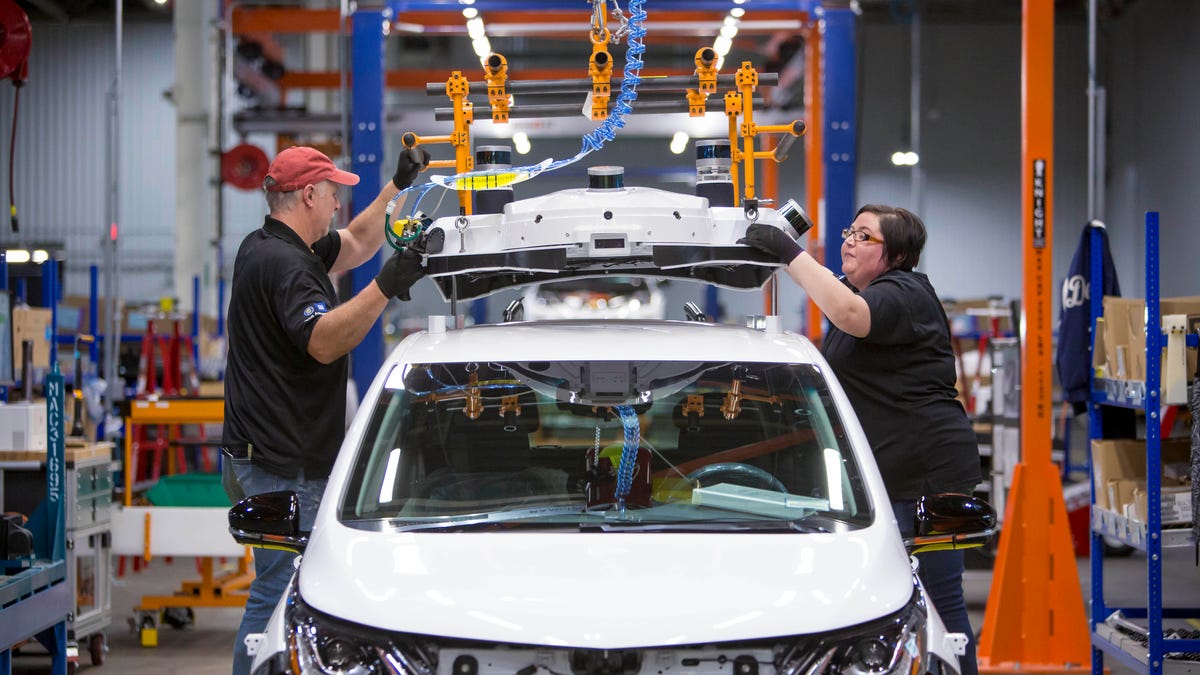GM's Cruise Automation delays robotaxi service
The company declined to provide an updated roadmap to deployment.
GM's Cruise Automation subsidiary has not been shy about its aspirations in the autonomous space. The company has previously pointed out its desire to launch a driverless taxi service later this year, but now, it appears we'll have to wait just a bit longer, although it's unclear how long we'll have to wait.
Cruise Automation will delay the deployment of its AV fleet as part of a ride-hailing service, the company announced in a Medium post on Wednesday. San Francisco is still first on the list of places Cruise's robotaxis will operate, but as of this writing, the company has not specified when it hopes to get its ride-hailing scheme up and running.
In the Medium post, Cruise CEO Dan Ammann said that Cruise needs to get more test miles under its belt with its driverless development vehicles, and the company intends to ramp up its testing and validation through the remainder of the year. Cruise's modified Chevrolet Bolt EVs have been crawling around California for more than three years. In 2018, Cruise reported the second-lowest disengagement rate of any company submitting such reports in the state of California. The 321% improvement translates to the human backup taking control once every 5,205 miles.
Cruise has already showed off the vehicle it intends to use in its ride-hailing system. The Cruise AV is a Chevrolet Bolt EV that has no driver hardware whatsoever -- it's built for two passengers up front. It's unclear if that's the vehicle with which Cruise intends to launch its service, because as of this writing, only Waymo has received a California permit to test properly driverless vehicles.
Back in March, Cruise announced its intent to massively expand its headcount, which was purchased by GM for about $1 billion in 2016. In May, it received another $1.15 billion investment from a group of institutional investors, including T. Rowe Price, Honda and SoftBank Vision Fund. This has bumped Cruise's valuation up to a tidy $19 billion.


